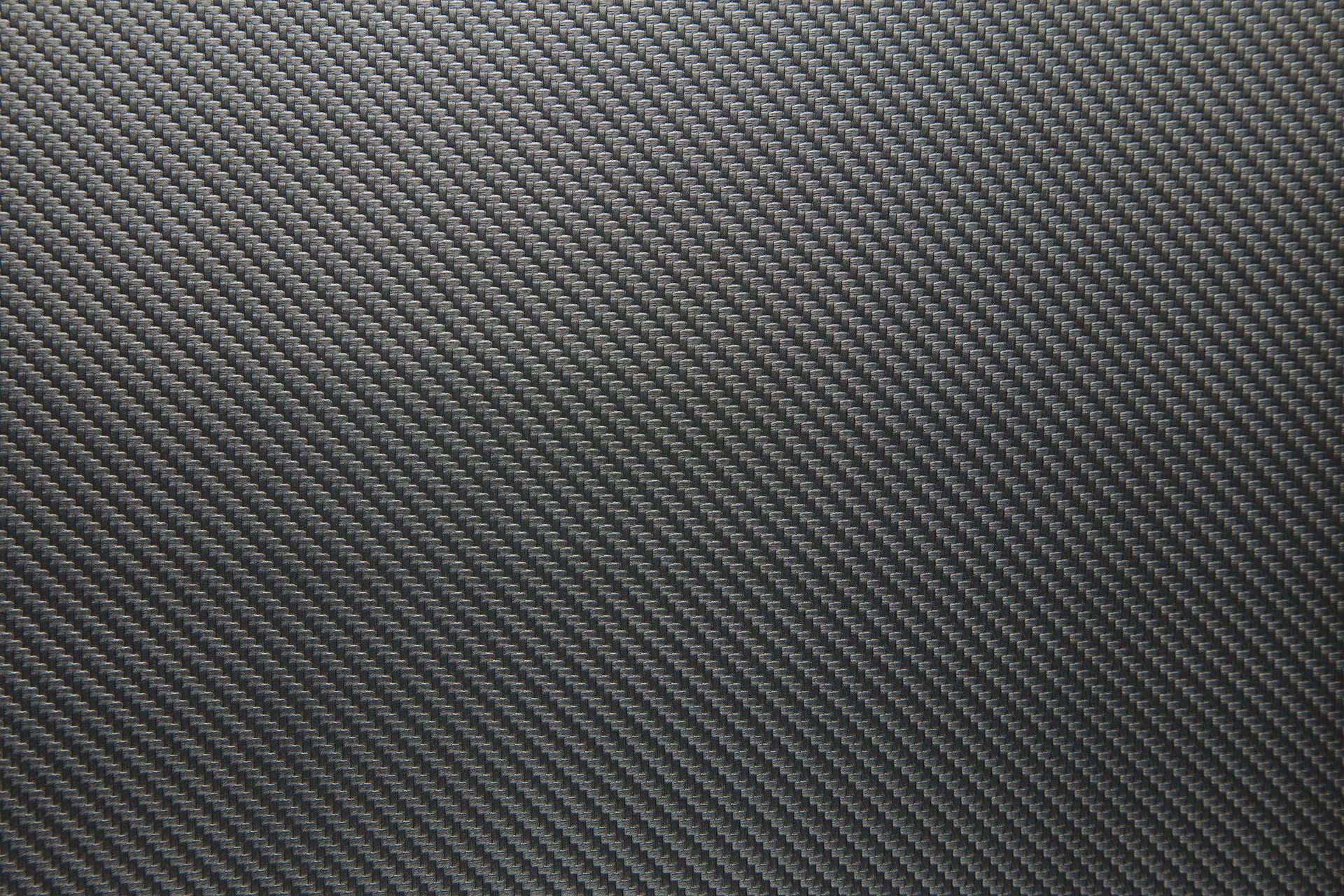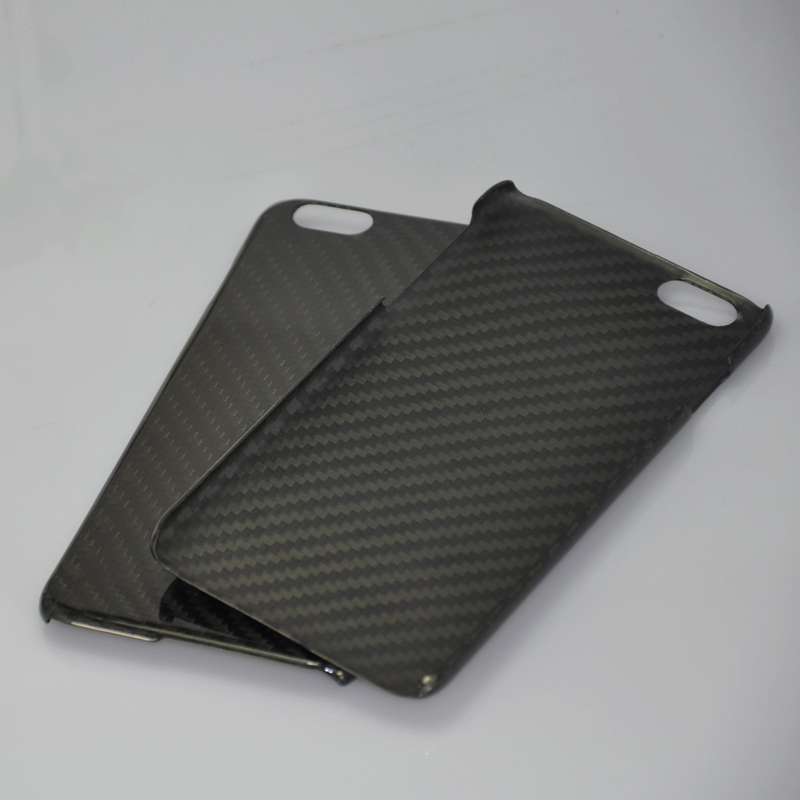The Energy Department's Carbon Fiber Technology Facility at Oak Ridge National Laboratory gives clean vitality organizations and analysts with the chance to grow less costly, better-performing carbon fiber materials and assembling forms. Envisioned here is the carbon fiber change line with the in-line melt spinner. The melt-spinner will be utilized to create new antecedent strands that will then be changed over to carbon fiber. In a joint effort with mechanical accomplices, these strands will be utilized to deliver model composite parts for applications, for example, car parts, wind turbine edges and warm protection.

1. Carbon fiber - now and again known as graphite fiber - is a solid, hardened, lightweight material that can possibly supplant steel and is prominently utilized as a part of particular, elite items like air ships, race cars and brandishing hardware.
2. Carbon fiber was initially imagined close Cleveland, Ohio, in 1958. It wasn't until a new manufacturing procedure was created as a British exploration focus in 1963 that carbon fiber's quality potential was figuring it out.
3. Current strategies for assembling carbon fiber products have a tendency to be moderate and vitality serious, making it unreasonable to use in mass-delivered applications. With an objective of lessening carbon fiber creation costs by 50 percent, the Energy Department's new Carbon Fiber Technology Facility at Oak Ridge National Laboratory is working with makers and analysts to grow better and less expensive procedures for delivering carbon strands.

4. The 42,000-square foot office highlights a 390-foot-long handling line that is equipped for creating up to 25 tons of carbon fiber a year - that is sufficient carbon fiber to cover the length of very nearly 138,889 football fields.
5. The most widely recognized carbon fiber antecedent - the crude material used to make carbon strands - is polyacrylonitrile (or PAN), representing more than 90 percent of all carbon fiber generation. Different forerunners choices incorporate a typical plastic and a wood result.
6. As a major aspect of ordinary carbon fiber creation, antecedents experience a few procedures that incorporate extending, oxidation (to raise the softening temperature) and carbonization in high-temperature heaters that vaporize around 50 percent of the material, making it about 100 percent carbon.

7. Kevlar products and carbon fiber products can be woven into a fabric that is reasonable for use in guard applications are added to a tar and formed into preformed pieces, for example, vehicle segments or wind turbine sharp edges.
8. The up and coming era of carbon-fiber composites could decrease traveler auto weight by 50 percent and enhance fuel productivity by around 35 percent without trading off execution or security - a progression that would spare more than $5,000 in fuel over the life of the auto at today's gas costs.
9. Although its uses in assembling of cars and trucks, propels in carbon fiber will help American producers bring down the expense and enhance the execution of wind turbine cutting edges and towers, gadgets, vitality stockpiling segments and power transmission lines.
No comments:
Post a Comment